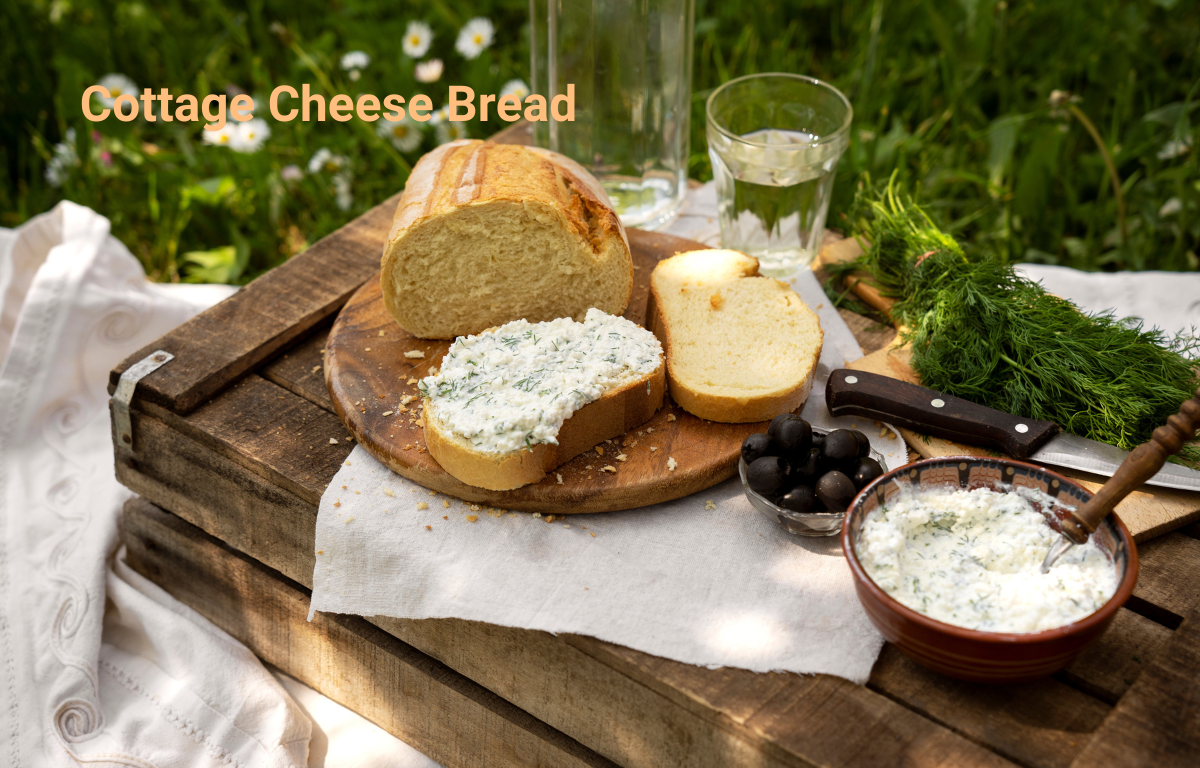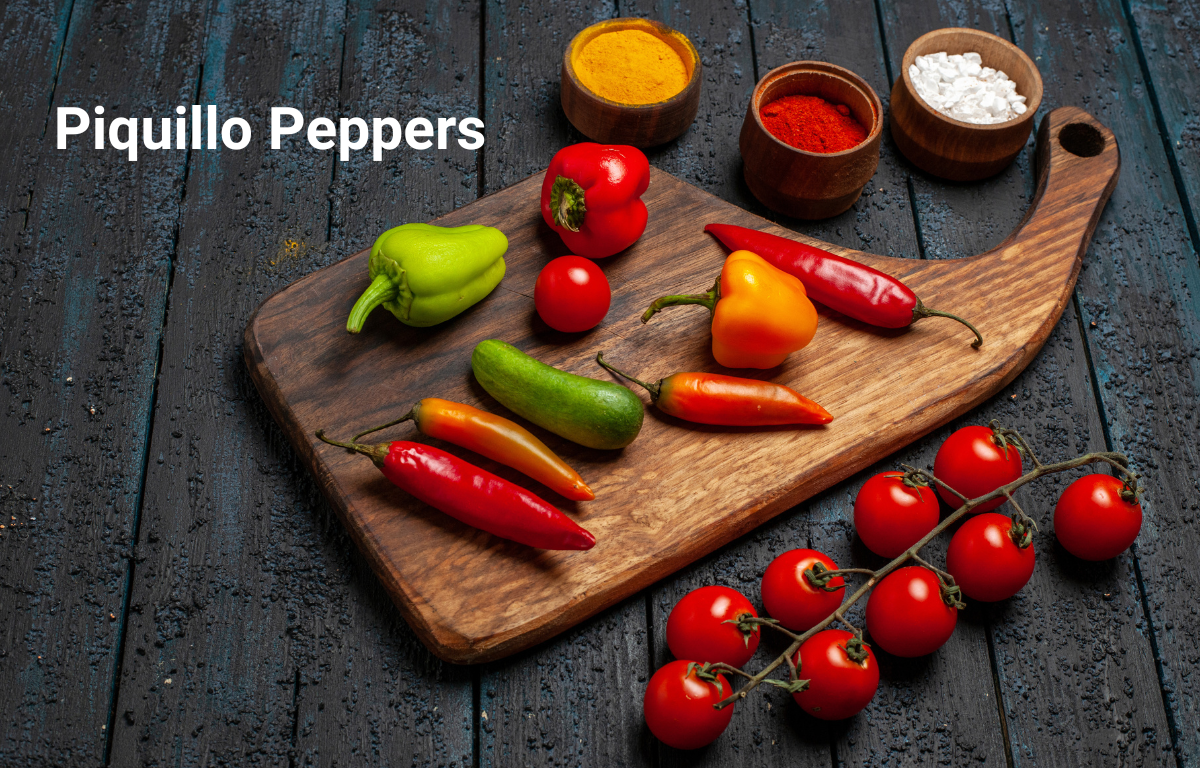The Delicious and Protein-Packed Cottage Cheese Bread: A Recipe Guide
Introduction
Depending on the type of cottage cheese and bread flour used, cottage cheese bread can include up to 15+ grams of protein, making it a delicious sandwich bread. The recipe is as easy as mixing egg whites, blended cottage cheese, water, and yeast into a moist batter. Though firmer and crustier, the bread is moist and delicate, akin to brioche or milk bread. Before serving, it can be frozen after slicing and storing it at room temperature.
Discovering Cottage Cheese Bread
This post will introduce you to the delicious world of cottage cheese bread, a delicious sandwich bread with added protein that’s a healthy option for your meals. For years, people have adored cottage cheese bread due to its distinct texture and flavorful, deep taste. This recipe is guaranteed to become a family favorite, regardless of your level of baking experience.
Understanding Cottage Cheese Bread
What Makes Cottage Cheese Bread Special?
Depending on the type of cottage cheese and bread flour used in the recipe, cottage cheese bread can include up to 15+ grams of protein, making it stand out among other baked goods. This high-protein bread gives you the critical nutrients you need to power your day in addition to satisfying your appetite. Furthermore, cottage cheese bread is quite adaptable and may be used for a variety of dishes, such as decadent French toasts and traditional sandwiches.
The Recipe
Making cottage cheese bread is a straightforward yet satisfying dish. The first step is to gather the necessary components, which include bread flour, cottage cheese, egg whites, warm water, active dry yeast, and Diamond Crystal kosher salt. These components come together to make a dough that is tasty and delicate, suitable for any kind of event.
Step-by-Step Process
1. Preparation of Wet Mixture: Combine water, yeast, blended cottage cheese, and egg whites in a mixing bowl to create a wet mixture. Allow the yeast to activate and the flavors to meld together, resulting in a rich and aromatic base for the bread.
2. Kneading the Dough: Gradually incorporate bread flour and kosher salt into the wet mixture, kneading for 5-6 minutes until a smooth and elastic dough is formed. The kneading process is essential for developing gluten strands, which give the bread its structure and texture.
3. Shaping the Dough: Shape the kneaded dough into a ball and let it proof for approximately 1 hour, allowing it to rise. This period of proofing allows the yeast to ferment and release gases, causing the dough to expand and become light and airy.
4. Forming the Loaf: After proofing, roll the dough into a log shape and place it in a loaf pan for the final proofing stage, lasting 20-25 minutes. Shaping the dough into a loaf ensures that it bakes evenly and maintains its desired shape.
5. Baking Process: Preheat the oven to 400°F (200°C). Make a slit in the middle of the dough, then bake it in the oven for 40-45 minutes until the crust turns golden brown and sounds hollow when tapped gently. The aroma of freshly baked bread filling your kitchen is a sure sign that it’s ready to be enjoyed.
6. Cooling and Serving: Allow the freshly baked bread to cool completely before slicing and serving. Alternatively, it can be stored in the freezer for later use. Each frozen slice can be toasted to perfection before serving, ensuring a warm and crispy texture.
Why Choose Cottage Cheese Bread?
The Benefits of Cottage Cheese Bread
Bread with cottage cheese has several health advantages in addition to a great flavor. This bread, which has a high protein content, is a great way to add nutrition and energy to any diet. Cottage cheese bread is a great option for fitness enthusiasts and active people since it helps stimulate muscle growth and repair when incorporated into meals. Additionally, the bread’s protein and carbohydrate blend gives you steady energy that keeps you feeling content and full all day.
High Protein Content
This bread is a great way to get more protein as it contains both cottage cheese and egg whites, which makes it a great option for anybody trying to up their protein consumption. Cottage cheese bread gives your body the nourishment it needs to flourish, whether you’re an athlete or just watching what you eat.
Soft and Moist Texture
With a stiffer and crustier surface, cottage cheese bread has a soft, moist feel that is similar to that of brioche or milk bread, giving each mouthful the ideal combination of textures. This bread will tempt your taste senses and leave you wanting more, whether it is eaten warm from the oven or perfectly toasted.
Versatility
There are so many ways to enjoy this bread because of its extreme versatility. Cottage cheese bread goes well with a variety of foods, whether you eat it as toast, a sandwich, or as a side dish with your favorite salad or soup. With this tasty and nourishing bread, you can get creative with your toppings and fillings to personalize your sandwiches and enhance your meals.
Tips for Perfect Cottage Cheese Bread: Ensuring Success in Your Baking Endeavors
To achieve the best results when making cottage cheese bread, consider the following tips:
Quality Ingredients
To get the greatest flavor and texture in your bread, use premium ingredients like fresh cottage cheese, bread flour, and Diamond Crystal kosher salt. When feasible, use locally sourced and organic ingredients to improve the overall flavor and nutritional content of your handmade bread. For optimal results, choose your ingredients carefully since they will have a direct influence on the bread’s ultimate texture.
Proper Proofing
For the best rise and a light, airy texture in the final loaf, let the dough sufficiently prove at each stage of the procedure. Keep an eye on the humidity and temperature in your kitchen, since these might have an impact on the proofing process. To help the yeast ferment and the dough rise, try to create a warm, draft-free atmosphere.
Oven Temperature
Throughout the baking process, keep the oven temperature at the proper level to produce a thoroughly cooked inside and a golden-brown crust. To avoid underbaking or overbaking, use an oven thermometer to precisely check the temperature and make adjustments as necessary. Refrain from opening the oven door too often since this might lead to temperature changes and compromise the general quality of your bread.
Storage
When not in use, store the cooked bread at room temperature or cut it into slices and freeze them for use. To get the flavor of freshly made bread, toast each frozen piece before serving. To avoid freezer burn and keep your bread fresher for longer, store it in airtight resealable bags or containers. When savoring your own cottage cheese bread, don’t forget to mark the containers with the date to monitor freshness and guarantee the highest quality.
Conclusion
Not only is cottage cheese bread a tasty side dish for any dinner, but it’s also a healthy option that’s loaded with protein and lovely textures. You may make your own cottage cheese bread at home to share with loved ones by using the easy recipe and advice in this article. Cottage cheese bread will fulfil your needs and leave you wanting more, whether you’re baking for a special event or just want a tasty and healthy snack.
FAQs
Can I use any type of cottage cheese for this recipe?
Yes, you can use any variety of cottage cheese, including low-fat or full-fat options, based on your preference. Experiment with different types to discover your favorite flavor and texture.
Can I substitute all-purpose flour for bread flour?
While all-purpose flour can be used, bread flour is recommended for its higher protein content, which contributes to the bread’s texture and structure. If you don’t have bread flour on hand, you can try a combination of all-purpose flour and vital wheat gluten to achieve similar results.
How long can I store cottage cheese bread in the freezer?
Cottage cheese bread can be stored in the freezer for up to 2-3 months. Make sure to slice it before freezing and toast each slice before serving for the best results. Use freezer-safe bags or containers to prevent freezer burn and maintain the freshness of your bread.
What can I serve with cottage cheese bread?
Cottage cheese bread pairs well with a variety of dishes, including soups, salads, sandwiches, and breakfast spreads. Get creative with your toppings and fillings to customize your sandwiches and enhance the overall flavor of your meals.
Can I add other ingredients to customize the flavor of cottage cheese bread?
Absolutely! Feel free to experiment with additional ingredients such as herbs, spices, or even nuts and seeds to create your own unique variations of cottage cheese bread. Whether you prefer a savory or sweet flavor profile, the possibilities are endless when it comes to customizing this versatile bread.




